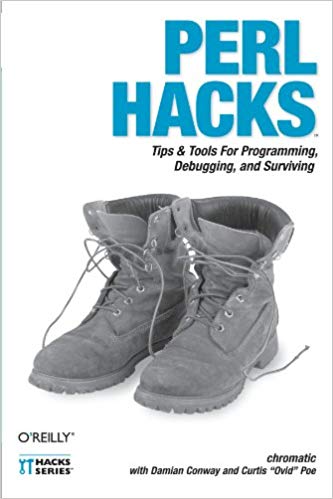I always forget many things about basic statistics, but I find I’m more likely to remember them if I write about them. Hence, this blog post. It’s written to help me remember something I keep forgetting, but you can read it too.
Like many of you, I have a near useless weather application on my phone. It tells me one of two things.
First, what is the weather now? If I’m deep in the bowels of a client’s building in Stockholm or Glasgow, yes, I might want to know the weather now because I don’t know the local climate and glancing at my phone and seeing there’s a blizzard raging is useful.
But my consulting work is usually from home, so I can glance out the window.
The second thing my weather application tells me is the likelihood of rain at 3AM tomorrow morning. Unless I’m planning on being out and about at that time, I don’t care. But my phone assumes I do and I might see something like this:
| ... | 3AM | 4AM | 5AM | 6AM | 7AM | ... |
|---|---|---|---|---|---|---|
| ... | 13% | 13% | 18% | 22% | 8% | ... |
But what I want to know is whether or not I should send my daughter to school with an umbrella. Thus, I want to know how likely it is that that it will rain at all tomorrow. So from the snippet above, is it likely that it’s going to rain between 3 to 7AM? I have no idea.
So how do I calculate that? Those percentages are for what are called “independent” events. What’s an independent event? Well, let’s say I want to know the odds of my dying tomorrow. You might assume that I want there to be no chance that I’ll die tomorrow, but that’s not true! I very much want there to be a chance of dying tomorrow because the only way there’s no chance that I’ll die tomorrow is if I’m already dead!
Thus, the odds of my dying tomorrow are dependent on whether or not I’ve survived until tomorrow.
But statisticians are boring and usually don’t use such colorful examples. Instead, they’ll ask a question like “what are the odds of flipping a fair coin twice and getting heads both times?” You simply mulitply the chance of getting heads by the number of times you flip the coin. You can quickly determine that the odds of getting heads twice in a row is 25%. These are also independent events, but they’re not rain.
If we assume that the percentage chances listed for each of those hours don’t take into account whether or not it’s already rained, we have independent event. So, what if, for each of the 24 hours in a day, the odds of rain are 95%? We can safely assume that it will probaby rain at least once tomorrow.
But what if the odds are only 10% for each of the 24 hours? That’s harder to know.
As it turns out, statisticians know very well how to calculate this and they use something called a binomial distribution , but it’s not useful here because ...
If $p$ is the chance of success of an event, then the chance that we have exactly $k$ successes over $n$ independent trials is:
$$P(X = k) = \frac{n!}{k!(n-k)!} \cdot p^k \cdot (1-p)^{n-k}$$
where $X$ is the number of times the event happened.
But that doesn’t actually help because we don’t want to know the odds of it raining once and only once. We want to know if it happens at least once. And that, it turns out, is easy. The odds of an event happening at least once is 100% minus the odds that it never happened.
The odds of something never happening are the chance of it not happening each hour, multiplied by the other chances of it not happening.
If there’s a 10% chance of rain at 2PM, there’s a 90% chance of no rain. That’s pretty clear, right? But if there’s a 10% chance of rain at 2PM and a 15% chance of rain at 3PM, what are the odds of no rain between 2 and 3PM?
$$(1-.1)\cdot(1-.15)$$
That works out to roughly 77% chance of it not raining. That means there’s a 23% chance it raining between those two hours, even though the highest chance of rain it 15% at 3PM! Thus, even low percentages quickly add up.
Assuming that every hour has a 10% chance of rain, the chance of it never raining is $(1-.1)^{24}$ (90% multiplied by itself 24 times), or roughly .08, or 8%. Thus, the chance of it raining at least once tomorrow would be 92%.
Even though each hour only has a 10% chance of rain, I still need to send my daughter to school with an umbrella.


